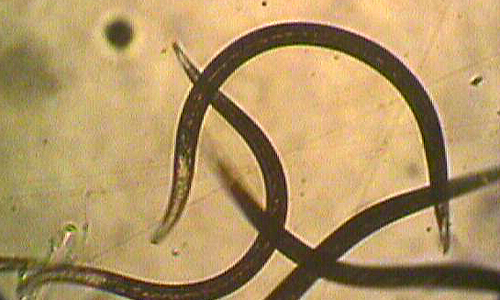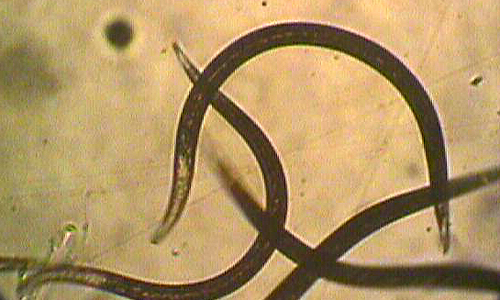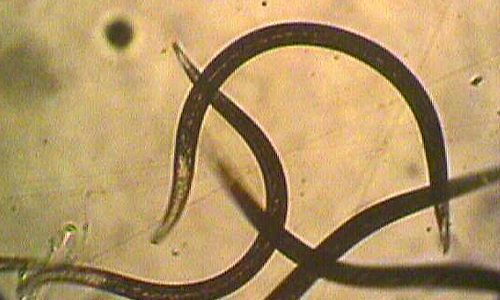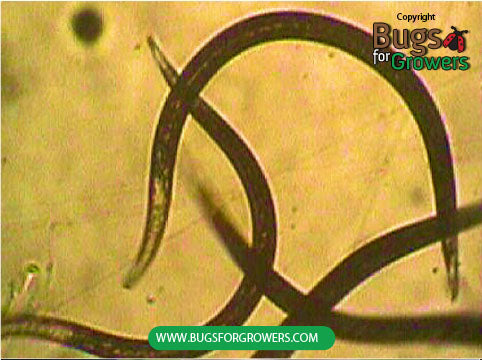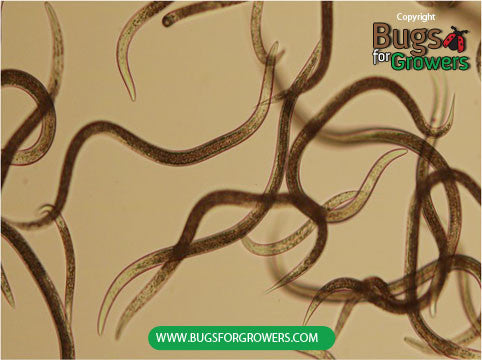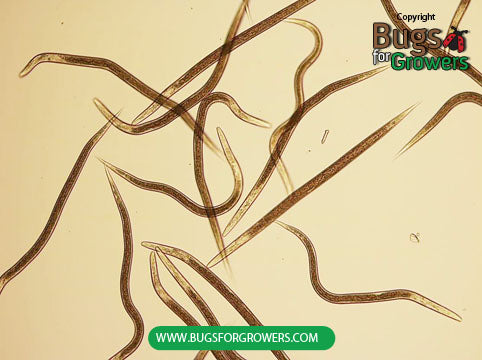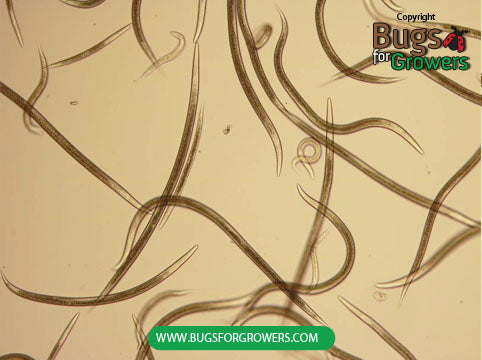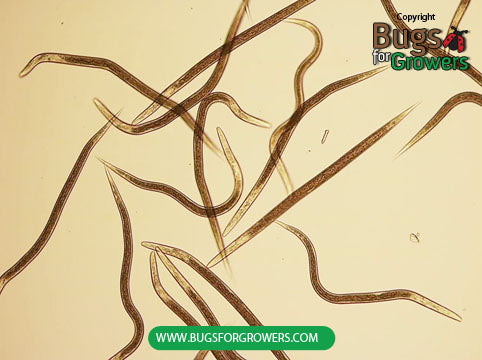Black vine weevil
What are black vine weevil?
The black vine weevils (Otiorhynchus sulcatus) are considered as one of the most damaging insect pests of over 100 species of greenhouse, nursery and landscape plants. Main host plants include azalea, grapes, Japanese holly, Ilex crenata, rhododendron, Rhododendron spp., yew, Taxus spp., euonymus, Euonymus spp. Both adults and larvae of black vine weevil cause direct damage to host plants. Adults mostly feed on foliage and flowers whereas larvae (also called as grubs) feed on the roots. Adult weevils are 10- 15 mm long and black or gray in color. Although adults have both front and hind wings, they cannot fly. They also have typical elbowed antennae and a prominent short snout. Fully-grown grubs are C-shaped, legless, about 15 mm long and whitish in color with brown head capsule.
Facts (show all)
- List of the most economically devastating species of black vine weevil
-
- black vine weevil, Otiorhynchus sulcatus
- Biology of black vine weevil
-
Life cycle of black vine weevils consists of egg, grub (larva), pupa and adult stages. Black vine weevils generally overwinter as 6th last-instar (stage) grubs. Early in the spring these overwintering grubs pupate in the soil. Adults of black vine weevils generally emerge from pupae late in the spring or early in the summer. Emerged adults immediately start feeding on plant leaves and flowers and mate. Adults of black vine weevil cannot fly but they can walk plant to plant. Both mated and unmated females can lay viable eggs. Each black vine weevil female lay about 500 eggs in the soil near the plant base/root system. Eggs hatch into small whitish and legless grubs that immediately start feeding on the roots. While feeding, grubs develop through 6 stages (instars) over a period of 5-8 months. The matured 6th instar grubs then move deep in the soil for overwintering and life cycle continues.
- What type of damage is caused by black vine weevil?
-
Adults black vine weevils feed on leaves and flowers whereas grubs (larvae) feed on roots. Feeding damage by adults can be easily recognized because of a typical notched appearance of damaged leaves or flowers. Adults also feed on the developing young buds and shoots. All the six stages of grubs can cause a serious damage by feeding on roots of different host plants. Light infestation of grubs can make plants weak whereas their heavy infestation can kill entire plant. Also, the injured roots are vulnerable to attack by disease causing organisms like Phytophthora spp.
- Biological control of black vine weevil
-
Entomopathogenic nematodes have been proved to be the best biological control agents to manage black vine weevils in both nurseries and greenhouses. When applied in different kinds of planting media, six different species of entomopathogenic nematodes including Heterorhabditis bacteriophora, Heterorhabditis megidis, Heterorhabditis downesi, Steinernema carpocapsae, Steinernema feltiae and Steinernema kraussei were equally effective in killing100% grubs of black vine weevil (Ansari and Butt, 2011; Ansari et al., 2010). Of these six species of entomopathogenic nematodes, only Heterorhabditis bacteriophora, Steinernema carpocapsae, Steinernema feltiae and Steinernema kraussei are commercially available and for the effective control of black vine weevil grubs, they can be applied at the rate of 23000 nematodes per square meter.
- Parasitic beneficial entomopathogenic nematodes are effective against black vine weevil
-
- Heterorhabditis bacteriophora
- Steinernema carpocapsae
- Steinernema feltiae
- Steinernema kraussei
- Research Papers
-
Ansari, M. A. and Butt, T. M. 2011. Effect of potting media on the efficacy and dispersal of entomopathogenic nematodes for the control of black vine weevil, Otiorhynchus sulcatus (Coleoptera: Curculionidae). Biological Control 58: 310-318.
Ansari, M.A., Shah, F.A. and Butt, T.M. 2010. The entomopathogenic nematode Steinernema kraussei and Metarhizium anisopliae work synergistically in controlling overwintering larvae of the black vine weevil, Otiorhynchus sulcatus, in strawberry growbags. Biocontrol Science and Technology. 20: 99-105.

